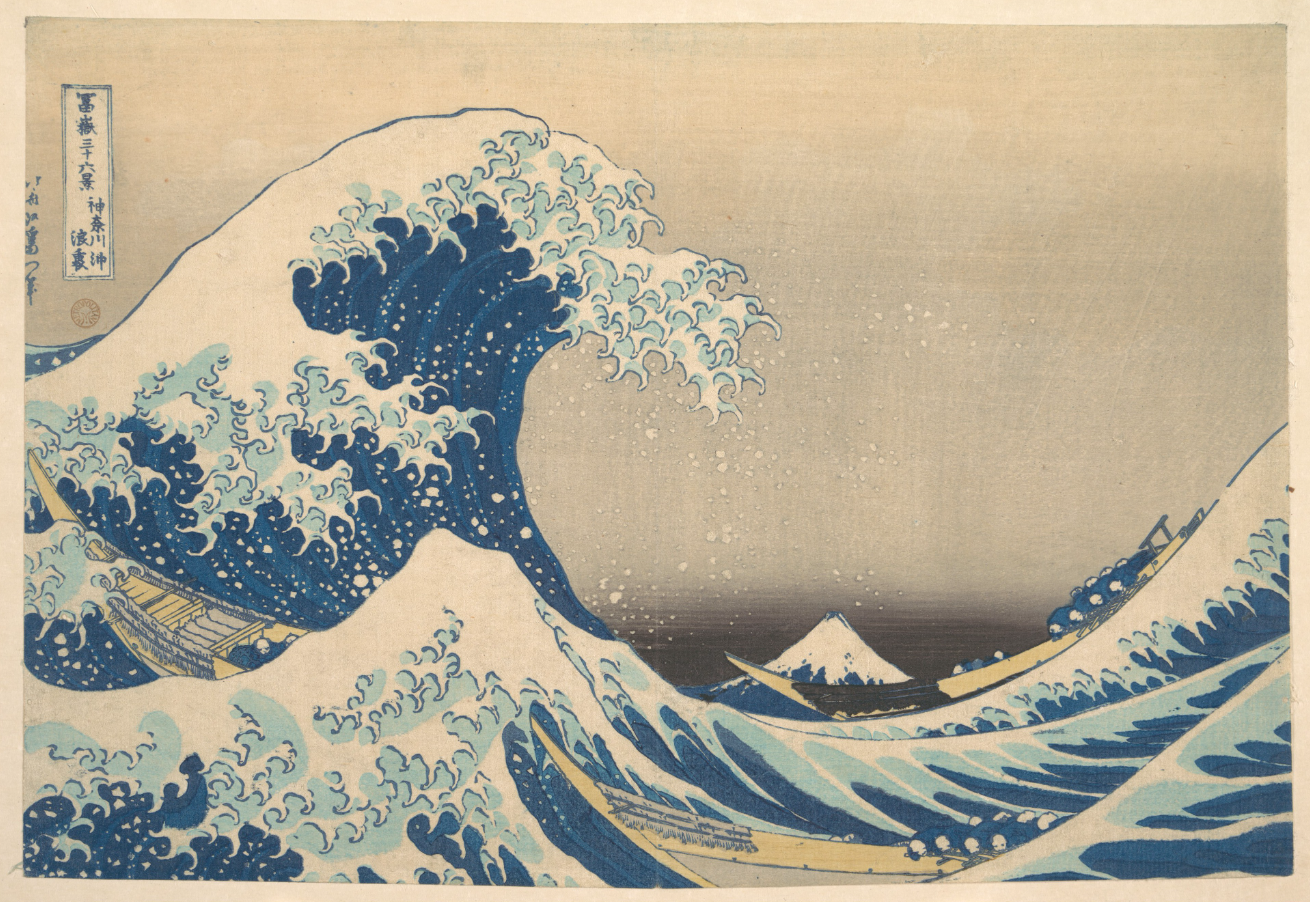Filters
Go (Tsuyoshi) Yayanagi - 星 (Stars)
Sale price£300.00
Go (Tsuyoshi) Yayanagi - にじ (Rainbow)
Sale price£300.00
Go (Tsuyoshi) Yayanagi - おとうさんのちんこ (Daddy's Thing)
Sale price£300.00
Go (Tsuyoshi) Yayanagi - 青い空のような花 (Flower Like the Blue Sky)
Sale price£300.00
Go Yayanagi - 鳥になった島 (The Island that Turned into a Bird)
Sale price£380.00
Go (Tsuyoshi) Yayanagi - 地球...そして今は (7) (Terre...et Maintenant (7))
Sale price£480.00
Go (Tsuyoshi) Yayanagi - 源氏物語 (5) (The Tale of Genji (5))
Sale price£340.00
Go (Tsuyoshi) Yayanagi - 源氏物語 (2) (The Tale of Genji (2))
Sale price£480.00
Go (Tsuyoshi) Yayanagi - 愛の動物誌 (BAO) (Fauna of Love: BAO)
Sale price£220.00
Go (Tsuyoshi) Yayanagi - 愛の動物誌[G] (Fauna of Love: G)
Sale price£420.00
Go (Tsuyoshi) Yayanagi - 愛の動物誌[D] (Fauna of Love: D)
Sale price£360.00
Go (Tsuyoshi) Yayanagi - 愛の動物誌[E] (Fauna of Love: E)
Sale price£420.00
Go (Tsuyoshi) Yayanagi - 愛の動物誌[B] (Fauna of Love: B)
Sale price£420.00
Go (Tsuyoshi) Yayanagi - 愛の動物誌[K] (Fauna of Love: K)
Sale price£420.00

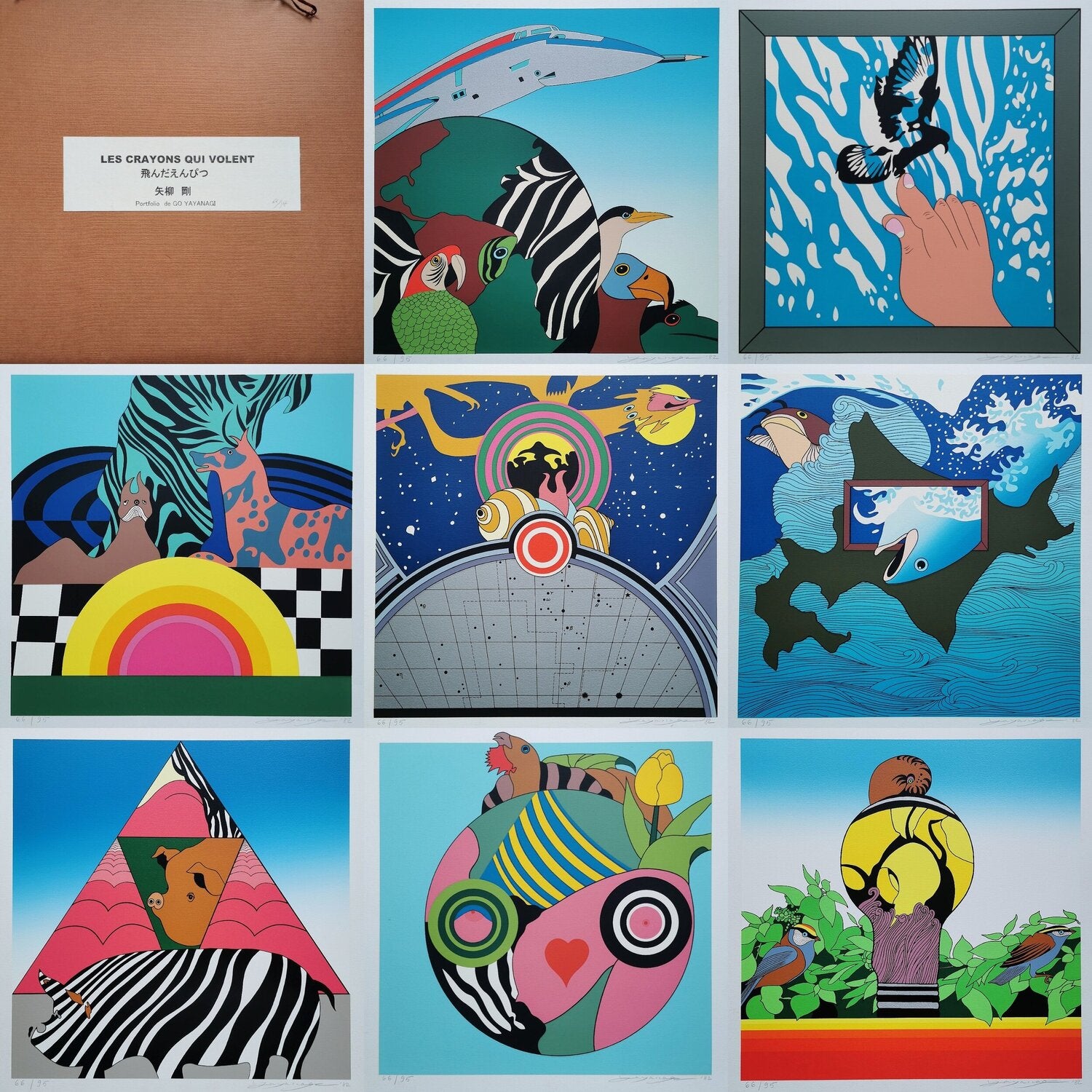








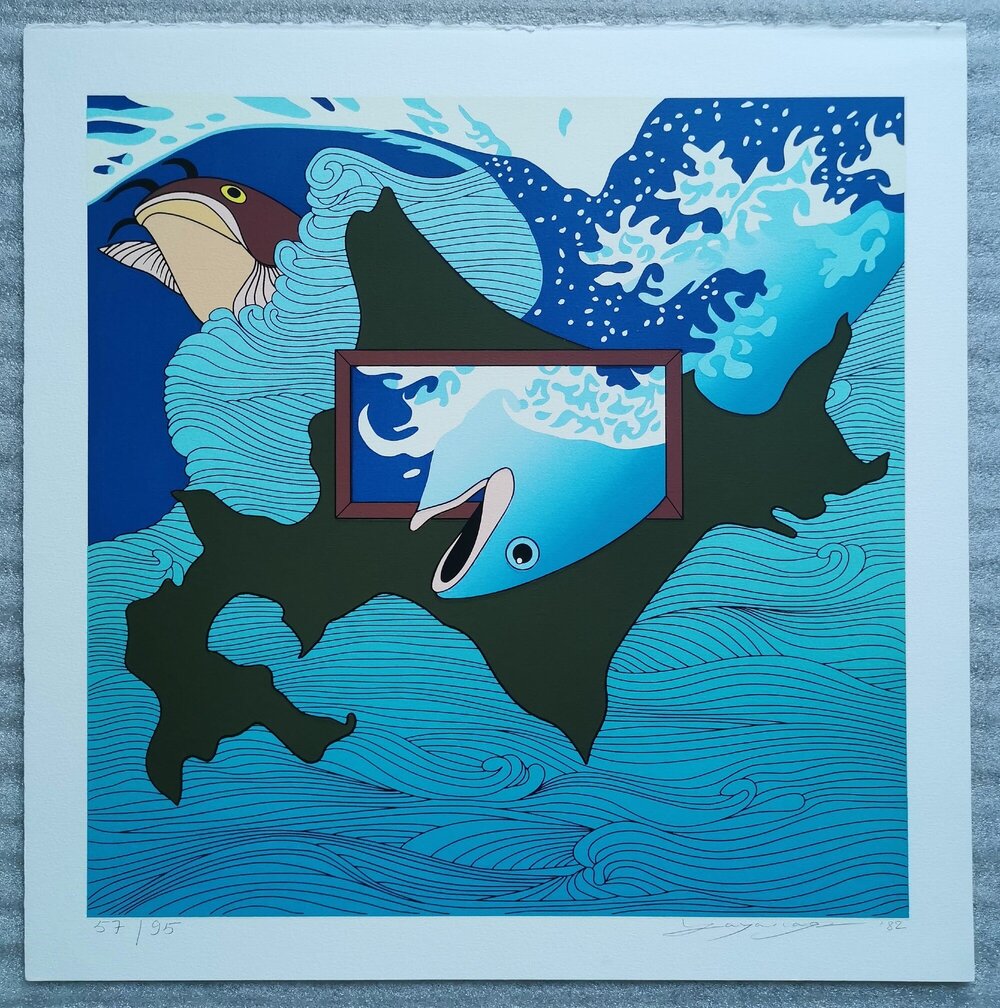
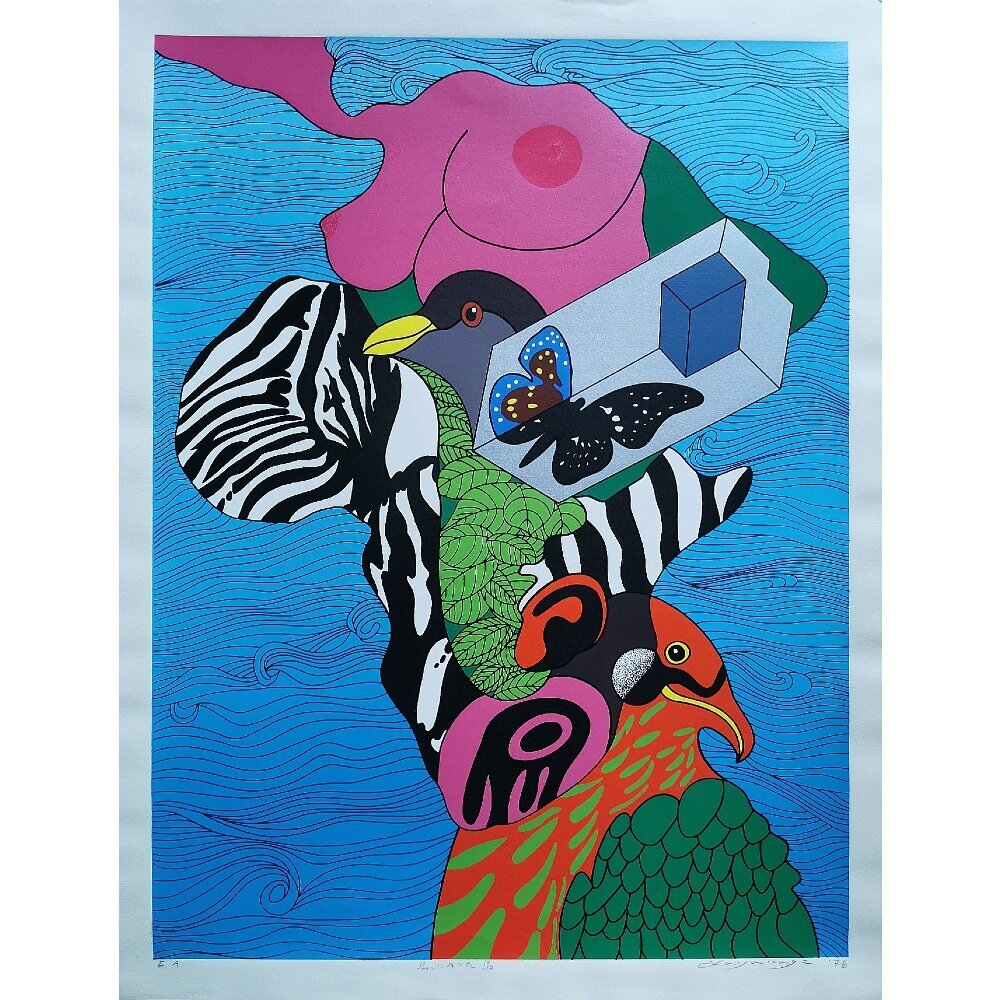

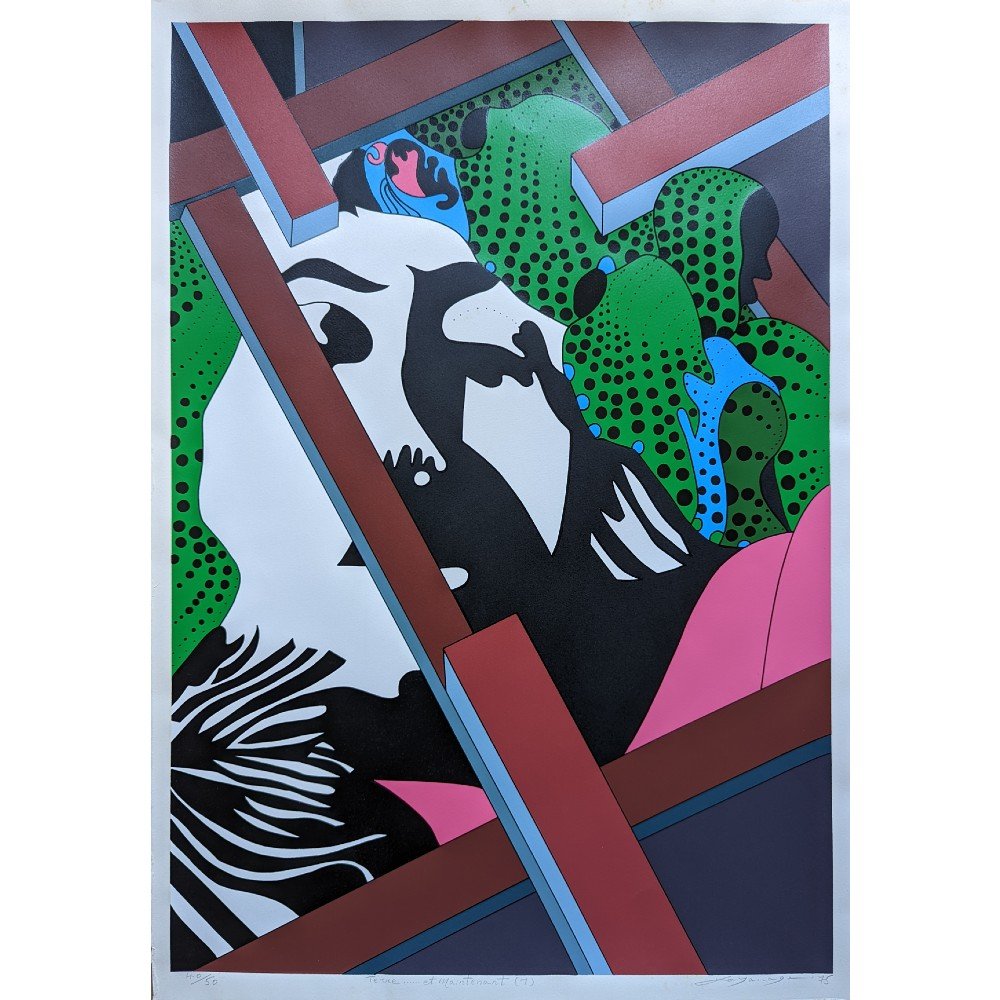
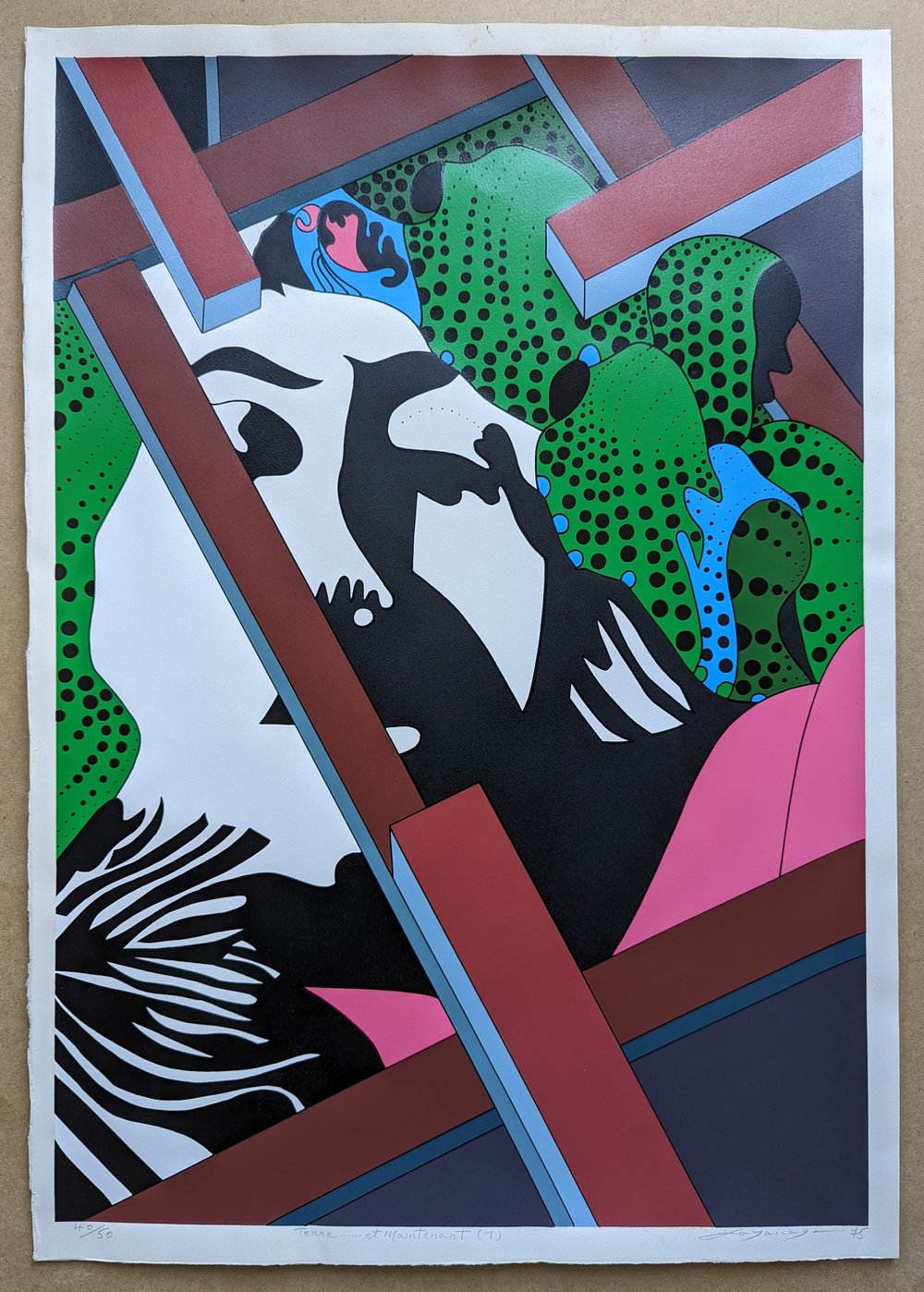






![Go (Tsuyoshi) Yayanagi - 愛の動物誌[G] (Fauna of Love: G)](http://www.kumoarts.com/cdn/shop/files/GoYayanagi-FaunaofLoveGThmb.jpg?v=1749317985&width=1000)
![Go (Tsuyoshi) Yayanagi - 愛の動物誌[G] (Fauna of Love: G)](http://www.kumoarts.com/cdn/shop/files/GoYayanagi-FaunaofLoveG.jpg?v=1749317985&width=2200)
![Go (Tsuyoshi) Yayanagi - 愛の動物誌[D] (Fauna of Love: D)](http://www.kumoarts.com/cdn/shop/files/GoYayanagi-FaunaofLoveDThmb.jpg?v=1749316141&width=1000)
![Go (Tsuyoshi) Yayanagi - 愛の動物誌[D] (Fauna of Love: D)](http://www.kumoarts.com/cdn/shop/files/GoYayanagi-FaunaofLoveD.jpg?v=1749316141&width=2200)
![Go (Tsuyoshi) Yayanagi - 愛の動物誌[E] (Fauna of Love: E)](http://www.kumoarts.com/cdn/shop/files/GoYayanagi-FaunaofLoveEThmb.jpg?v=1749315311&width=1000)
![Go (Tsuyoshi) Yayanagi - 愛の動物誌[E] (Fauna of Love: E)](http://www.kumoarts.com/cdn/shop/files/GoYayanagi-FaunaofLoveE.jpg?v=1749315311&width=1000)
![Go (Tsuyoshi) Yayanagi - 愛の動物誌[B] (Fauna of Love: B)](http://www.kumoarts.com/cdn/shop/files/GoYayanagi-FaunaofLoveBThmb.jpg?v=1749288008&width=1000)
![Go (Tsuyoshi) Yayanagi - 愛の動物誌[B] (Fauna of Love: B)](http://www.kumoarts.com/cdn/shop/files/GoYayanagi-FaunaofLoveB.jpg?v=1749288008&width=1000)
![Go (Tsuyoshi) Yayanagi - 愛の動物誌[K] (Fauna of Love: K)](http://www.kumoarts.com/cdn/shop/files/GoYayanagi-FaunaofLoveKThmb.jpg?v=1749036042&width=1000)
![Go (Tsuyoshi) Yayanagi - 愛の動物誌[K] (Fauna of Love: K)](http://www.kumoarts.com/cdn/shop/files/GoYayanagi-FaunaofLoveK.jpg?v=1749036042&width=1000)
